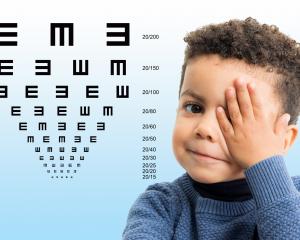

At the same time there are worrying shortages of healthcare workers. For instance, the average age of a GP in New Zealand is around 50, meaning that around half are likely to retire in the next 15 years. Therefore, this Government and the last one want all health professionals to work “at the top of their scope” — that is, do the most complex and difficult things they are able to do, leaving the less complicated bits for other people to do. This means, for example, GPs delegating things like cervical smears to nurses, pharmacists dealing with minor ailments such as urinary tract infections, and GPs rather than hospital doctors doing some minor surgery. Many of these changes have already occurred, and more are likely as workforce shortages increase.
What does this mean for pharmacists and other staff in community pharmacies?
At the moment pharmacists and pharmacy technicians can assemble and measure medicines to be given to the patient, but only pharmacists can check that the medicines exactly match what is on the prescription. This is obviously a very important job: many years ago my father was accidentally given sleeping tablets and heart medication intended for his grandfather. He took them, and he was responsible for steering the interisland ferry at the time!
In some countries, specially trained technicians are also able to check that the medicines match the prescription. They don’t check their own work, just that of pharmacists and other technicians.
Workforce New Zealand (the Government agency that oversees and provides strategy for the health workforce) thought that this might work in New Zealand, too. They organised a training course and 12 pharmacies (both hospital and community pharmacies) took part in a pilot programme, to see how this checking technician role could work in New Zealand.
A paper by Patti Napier and colleagues (including me) examined how this worked in practice, whether it did actually free up pharmacists’ time, and what they did with this time.
It’s quite difficult to measure how people spend their time! Hiring someone to watch over them is expensive, intrusive and it’s not always obvious what people are doing anyway (are you daydreaming about your holiday or calculating a dose?). Video cameras face some of the same problems and also are not good at capturing what goes on in a small space like a pharmacy dispensary.
For this study, Patti decided to use a smartphone app which beeped every 10 minutes and asked the pharmacists and technicians what they were doing. So this allowed us to get a random sample of what people were doing during their working week.
The study found that the amount of time pharmacists spent dispensing medicines decreased. They spent some of the time that was freed up providing advice about medicines, and helping to improve medicines use.
This is what Health Workforce New Zealand had hoped would happen, because it is consistent with the idea of working at the top of scope: pharmacists doing more patient advice and counselling and new services, and technicians gaining extra training and new responsibilities.
The research led to the new pharmacy technician role being rolled out into practice, and pharmacy technicians can now do a Pharmacy Accuracy Checking Technician course and check prescriptions for accuracy.
Pauline Norris is a research professor at the Centre for Pacific Health, Va’a O Tautai, and CHeST: the Centre for Health Systems and Technology, in the University of Otago Division of Health Sciences.












